Ivan the Tea (2). "Ancient" recipes and "koprskie crumbs"
We begin experiments with Ivan-tea, as Ivan-Chai (I) said in the last part. The way to the sources or the sea of flowers has long been interesting in what recipes our ancestors used when preparing this "tea."
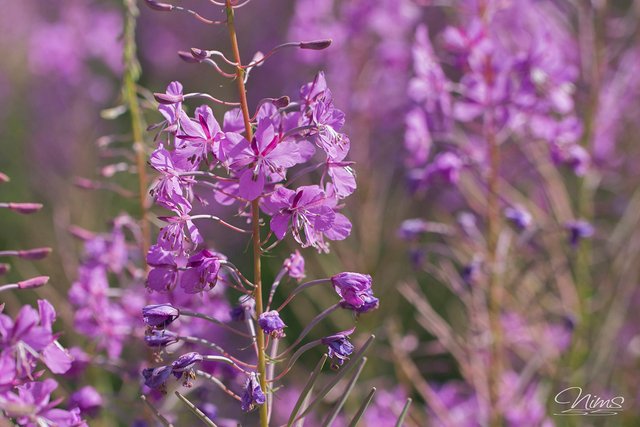
Before he went to the camp, he re-read many articles on harvesting and cooking. In principle, I already knew how it is done, but @ siberianshamen still found a mention of the method of cooking by freezing.
I decided to use it on the bulk of tea, since it is very laborious to manually wring large amounts of leaves, and the "spoilage" of leaves in a meat grinder is not my option, and it's not about the taste of the resulting drink.
However, he was confused by the phrase
Differences in the bouquet of taste and color Ivan-tea, with any of these ways there is no.
It seemed that in any way it would be the same, but then re-read, and realized - it's only about the described methods. Well, then we must look for others.
I'm a big fan of Chinese teas, especially pueroys and dark oolongs and have always been amazed at the variety of flavors that come from leaves from one bush of tea. Therefore, incidentally, he studied the ways in which they prepare a tea leaf in the heavenly.
If anyone is interested, then on all good varieties of puer, in addition to the manufacturer's factory, information on the year of production is indicated (there are rarities of Shen-puer in several decades) and about the year of the recipe, that is, by the recipe of what year this tea was prepared.
It is their recipes, which they almost did not find))), and helped to understand what and how I will do next.
But let's go directly to cooking Ivan-tea.
Last time I stopped at the tea leaf binding.
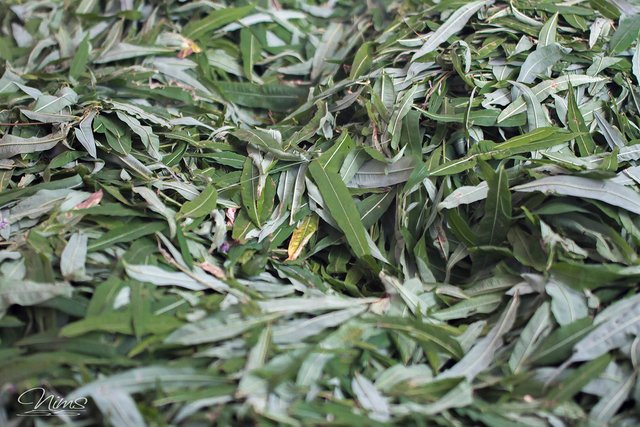
After the sheet is slightly wilted, the entire collected sheet is divided into two parts. Two-thirds cleaned the package in the freezer. And the rest was twisting.
He poured more than half of the leaves into the basin, began to crush it, about the same way as the dough knead. trying to form a ball from the leaves. I saw it from the Chinese, how they do it manually when cooking puera.
For about ten minutes almost nothing happened, but then the matter went off, the sheet began to noticeably crumple and darken. As a result, after 20 minutes I got such a mixture at the bottom of the basin, the volume decreased several times and the apartment was filled with a bright smell.
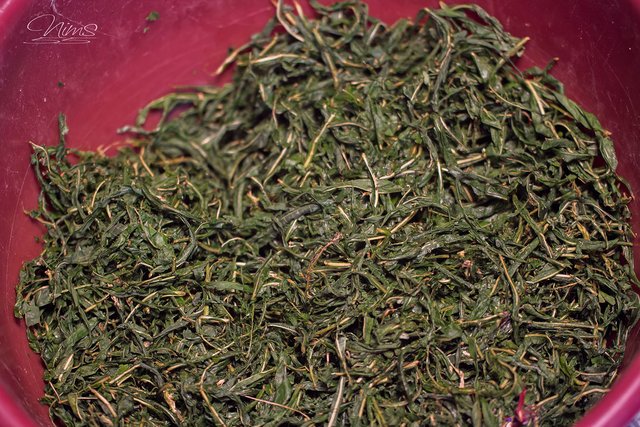
The first batch I decided to make a "classic" way, that is, immediately sent to fermentation.
It does not make sense to describe this, information is so full. In the end, after fermentation, and drying, tea with a completely expected taste turned out. Floral-fruity aroma and taste with apple sourish. It's very tasty, but it's not what I wanted.
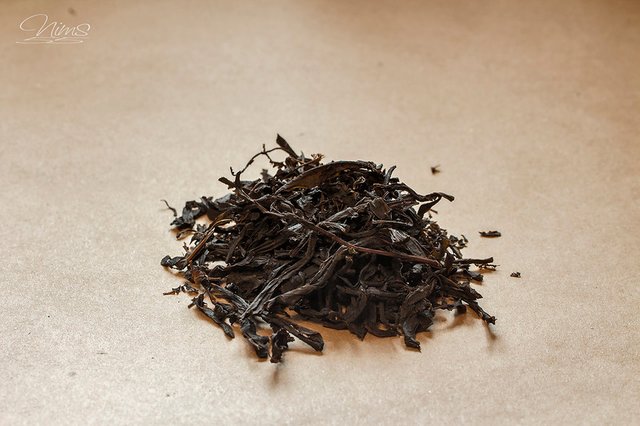
In this case, the fermentation process takes place due to the fermentation of the juice and the activity of the bacteria. Apparently because of this and there is a familiar for all sourness "Ivan-tea."
But studying the history of this drink and tea in general, I have crept into doubts about the authenticity of this taste.
After all, with the appearance in the Russian market of "Kyakhta" (Chinese tea), which was much more expensive than Kopor tea. There were also swindlers who began to produce in large quantities Ivan-tea and mix it in Chinese to get more benefits.
And it was at that time that bans on forging Chinese tea appeared. Then there was a saying
Koporskoye is tiny and sour and cheap
And the meaning of the saying differs from the reviews about the taste and aroma of Ivan tea in Europe.
I have only one suggestion that the tea produced by traditional manufacturers was completely different than that made by scammers. And most likely "koporskoye kroshevo" and was the very same tea that diluted scammers Chinese tea and it was prepared in the simplest way. Throwing in heaps, in the likeness of silage, followed by drying.
At the same time, the sheet was not twisted or prepared according to normal technology.
Looking ahead I will say tea from sheets from the freezer really turned out to be a tiny one. The structure of the sheet, indeed, due to freezing, evenly disintegrated and perfectly and quickly fermented. But without the absence of preliminary twisting and pre-fermentation in the process it became brittle and brittle, although it was not over-dried.
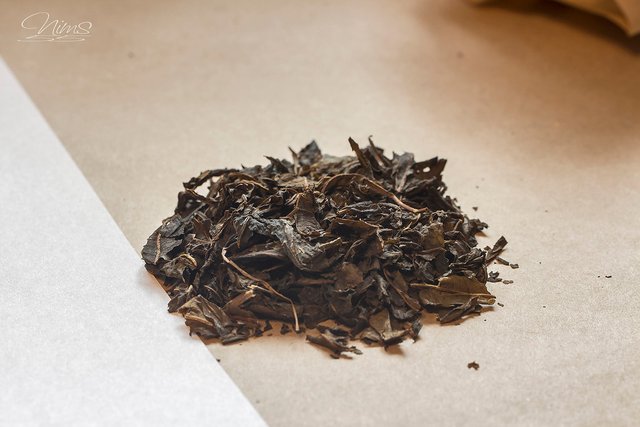
The result described above was predictable and for himself the criteria of the tea that was to be produced were indicated.
Firstly, it is not fragile. The sheet should be elastic not to crumble in the dust, when brewing unfold in its original state.
Secondly. The taste should be fruity, perhaps with a floral scent, a light sour is permissible.
Thirdly. Tea must withstand several brews, up to five minimum.
As a result, several recipes were thought out that excluded or completely or partially the process of fermentation and fermentation occurred mainly due to the oxidation of the leaf in the air. Roughly speaking, due to rotting. Either this process was used to remove acid from pre-fermentation.
This is exactly what the story will be about in the next part. How to make different teas from one sheet.
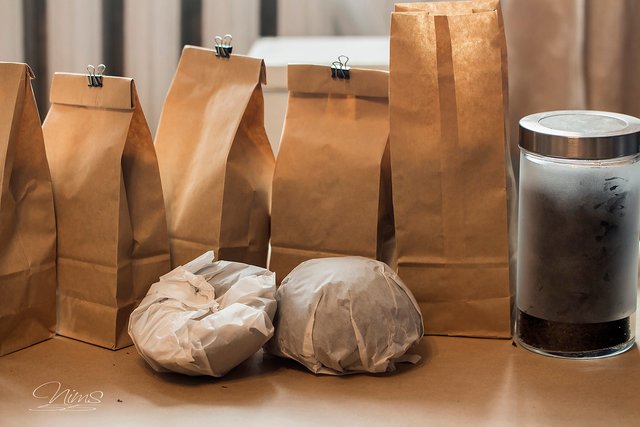
Интересный чай, никогда не пробовал.
Он в продаже есть почти везде. Хотя то что показывал в постах отличается... Заходи на Голосе я @nims55 там удобнее читать)))